Film terms
1/30
There's no tags or description
Looks like no tags are added yet.
Name | Mastery | Learn | Test | Matching | Spaced |
|---|
No study sessions yet.
31 Terms
Long/establishing shot
Definition: A long shot or series of shots
Purpose: Shows setting, background, frame of reference
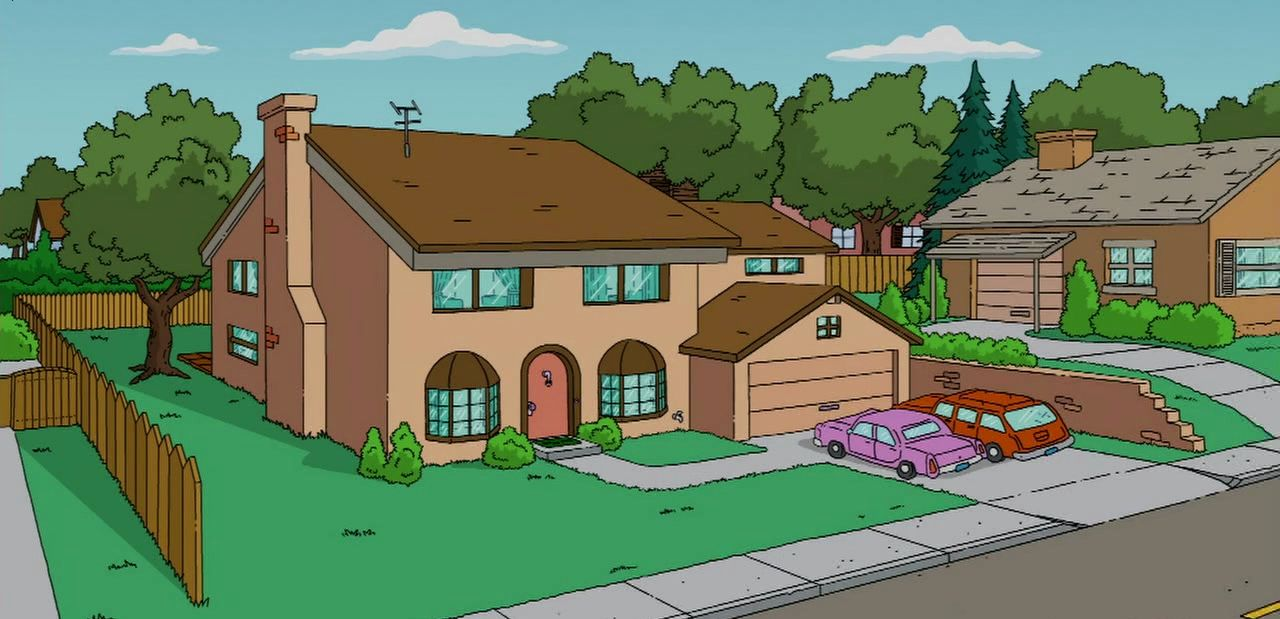
Close-up shot
Definition: Screen is filled with one character’s face or object, detail, etc.
Purpose: Shows character’s emotion and audiences feels empathy for the character. Shows importance of object, detail, etc.
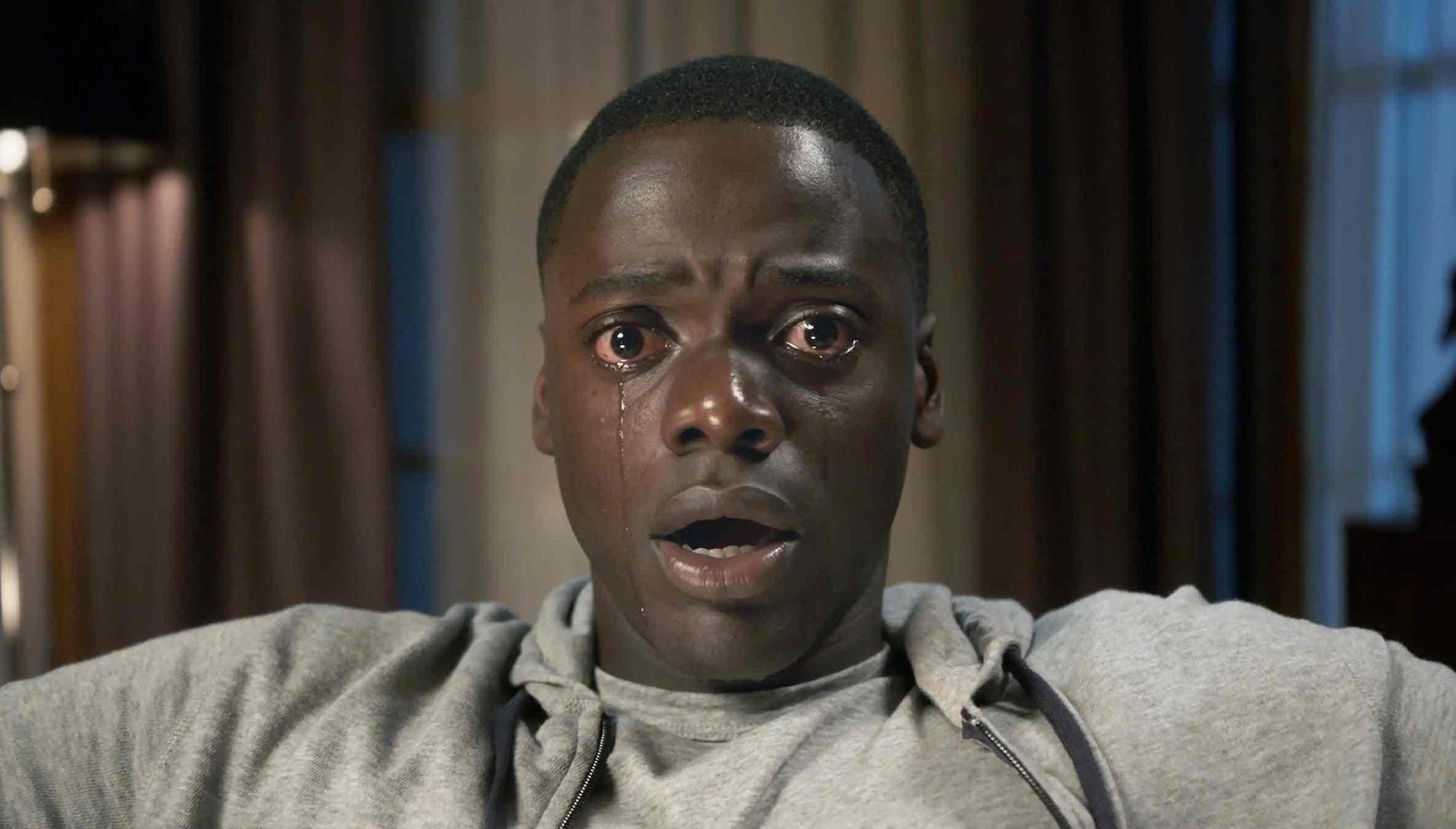
Medium shot
Definition: Between a long shot and a close up; seen from the waist up
Purpose:shows character’s body language, draws attention to their dialogue or the character themself

Soft focus
Definition:A director intentionally puts an object slightly out of focus
Purpose: For memory, shifts focus, keeps a character in focus, created perspective

Rack focus
Definition: A director shifts focus from one object to another within a single shot
Purpose: To change the audience’s attention, create a sense of chronology

Deep focus
Definition: When the foreground and background are equally in focus
Purpose: reveals new characters/surroundings that causes audience to pay more attention because it surprises the audience
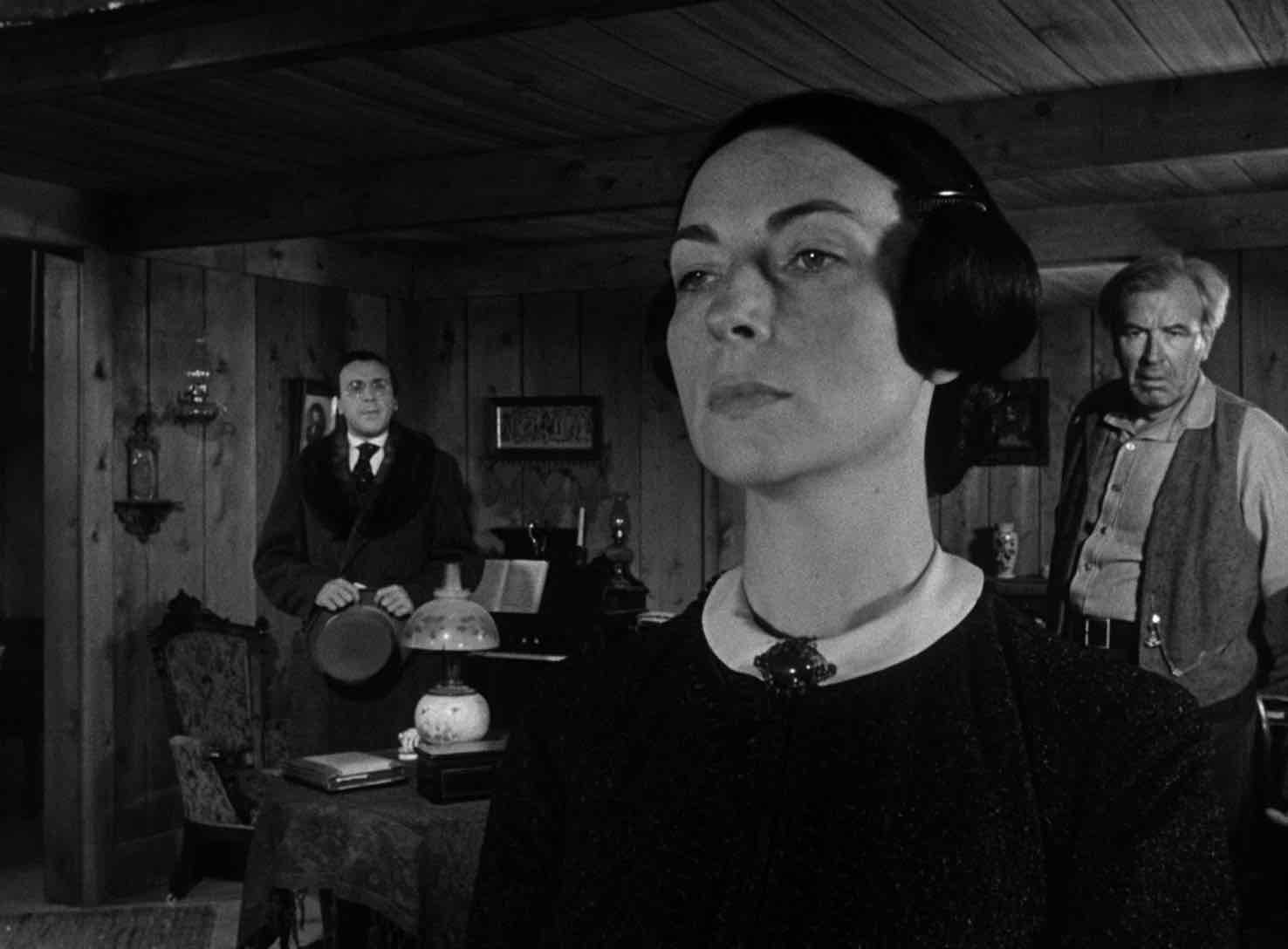
Low angle
Definition: Looks up on subject
Purpose: Subject looks strong, powerful, intimidating

High angle
Definition: Looks down on subject
Purpose: subject looks vulnerable, small, niave, etc.
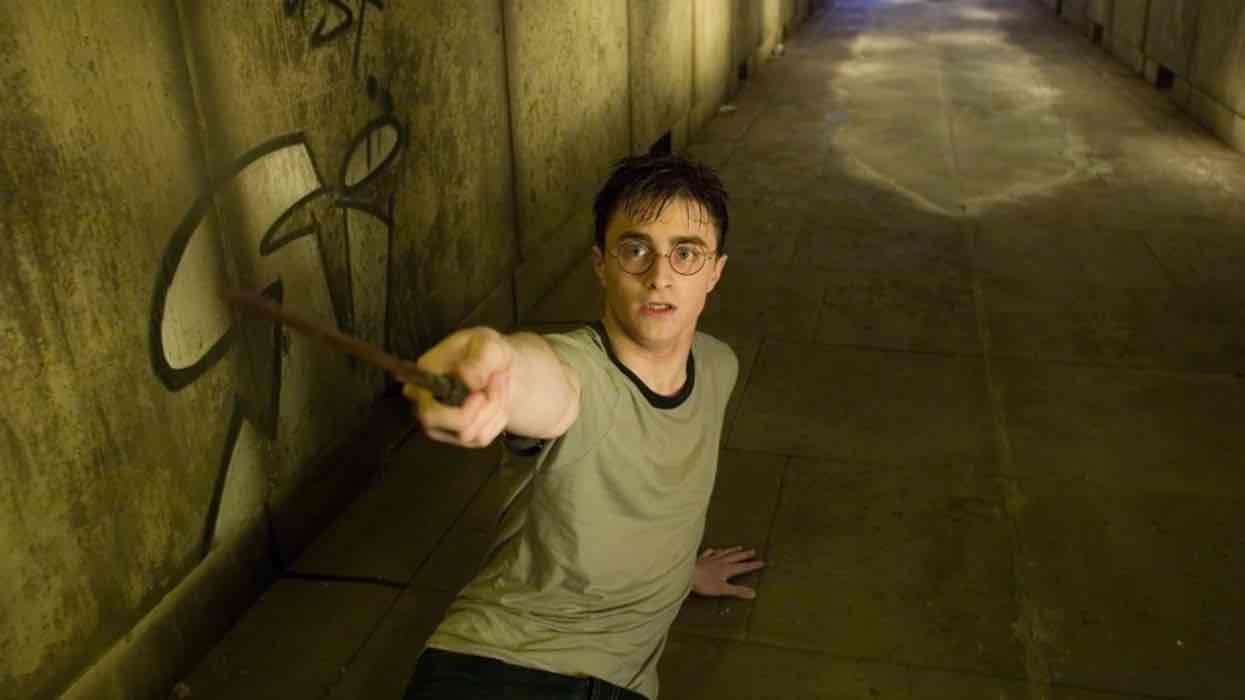
Eye level
Definition: Camera is even with character’s pov/eyes
Purpose: Puts the audience in the character’s shoes→ creates empathy and more emotion
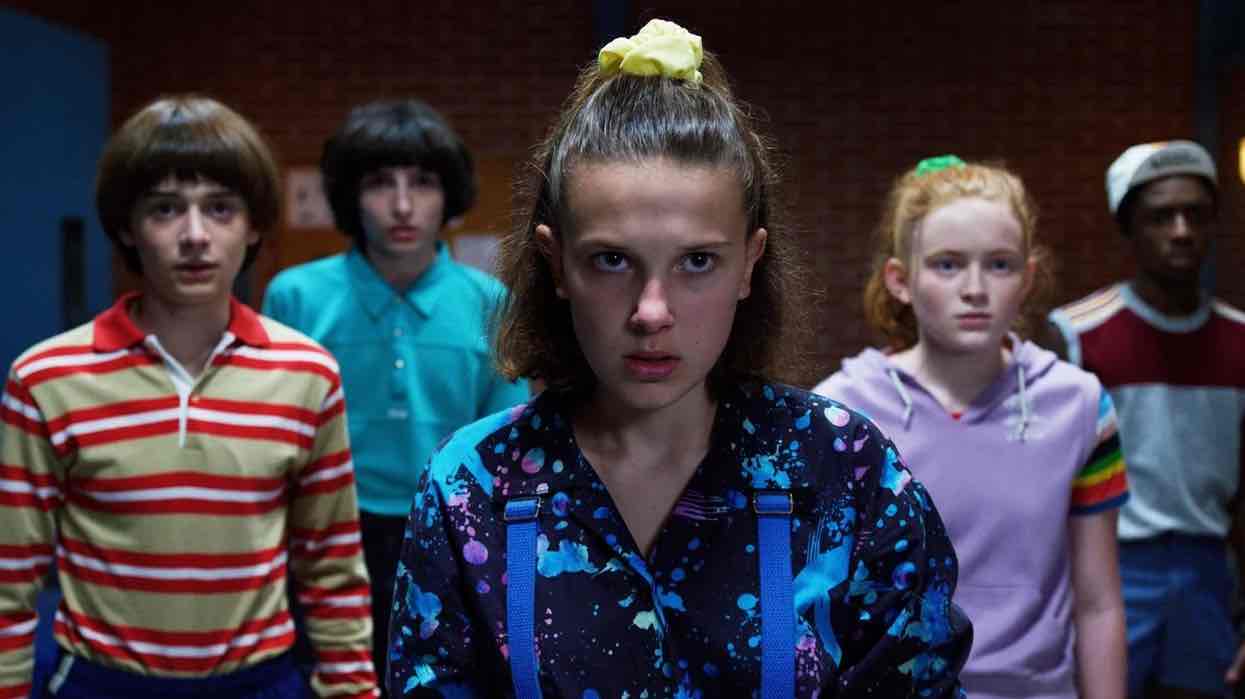
Dutch angle
Definition: A shot that is tilted sideways on the horizontal line
Purpose: Creates Suspense, dizziness, discomfort
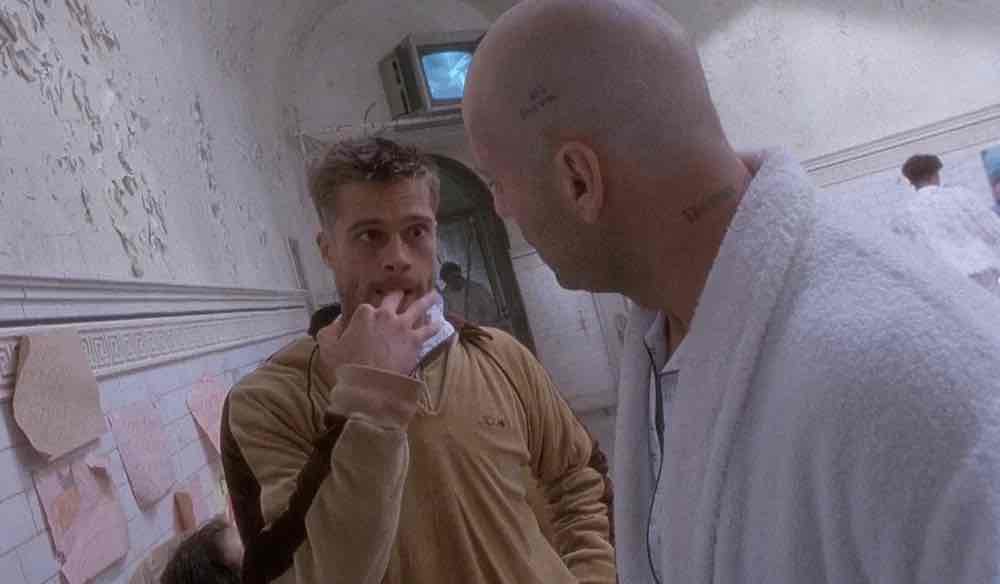
Diegetic Sound
Definition: Sound that occurs in film that is naturally occurring
Purpose: Creates relatability (film doesn’t seem unnatural or eery)
Example: Door opening, birds chirping, dialogue
Non Diegetic sound
Definition: Sound that is added during editing/unnaturally occurring sounds
Purpose: Invokes emotion, tells more context
Example: background music, voice over, etc.
Low-key lighting
Definition: Moody, dark tones. Features: accentuates shadows, dark tones, and high contrast
Purpose: Dark, moody, dramatic atmosphere. Draws to a serious matter
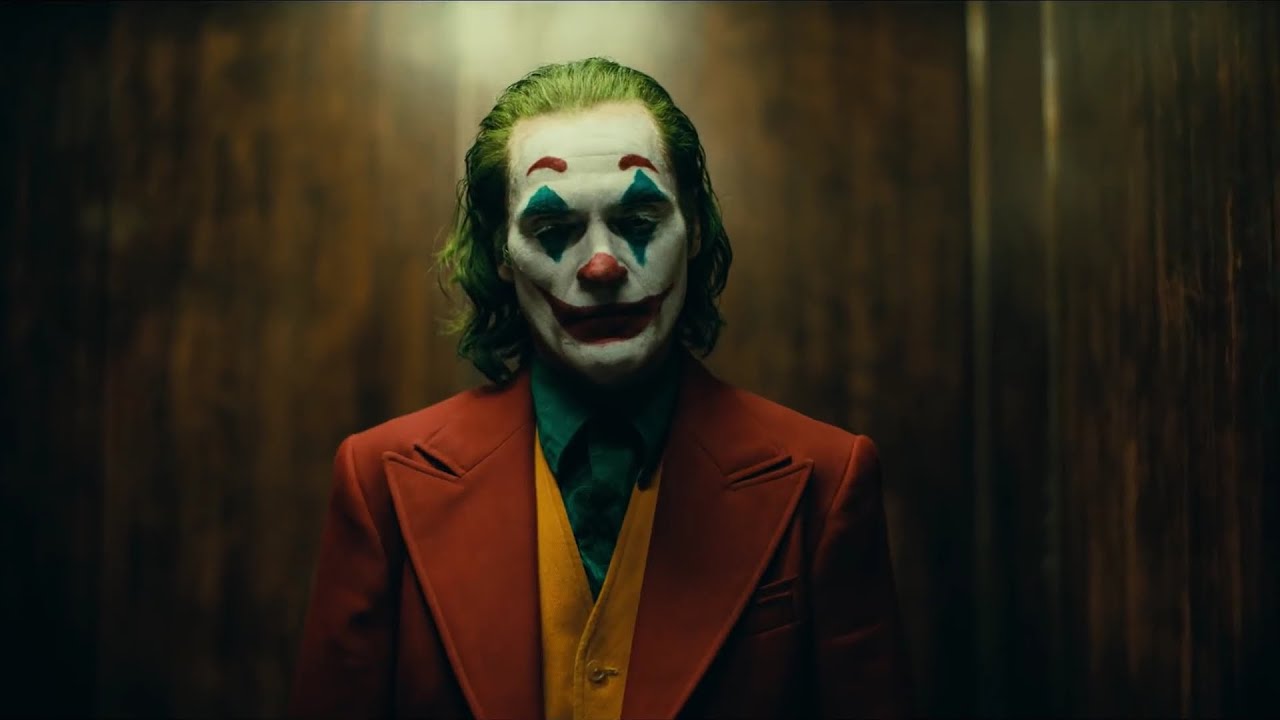
High-key lighting
Definition: Bright, well-lit scene with soft shadowing and little contrast
Purpose: Positive, happy, hopeful
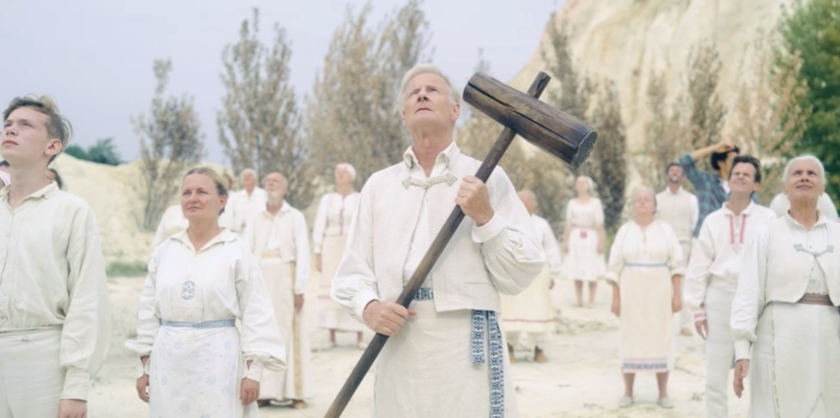
Neutral lighting
Definition: Neither bright nor dark, even lighting
Purpose: For portraits, emphasize an object or subject
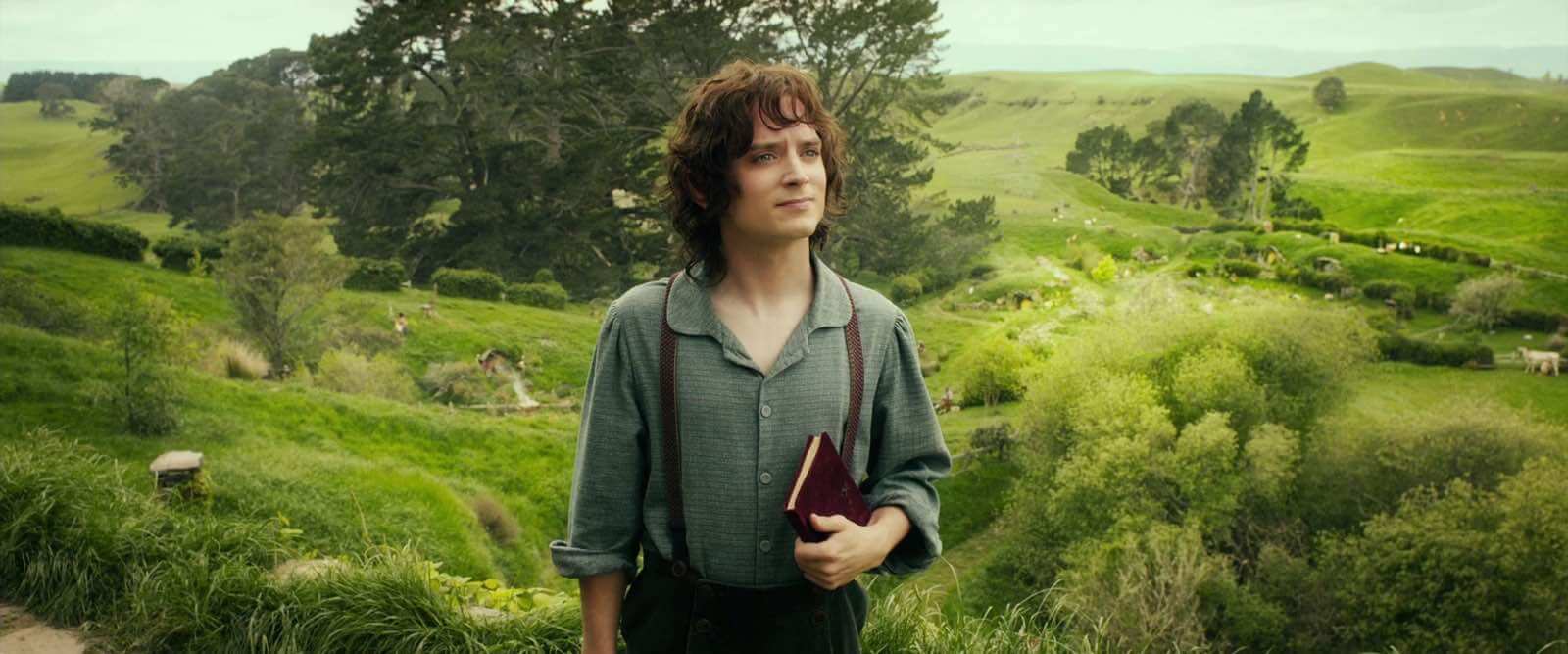
Bottom lighting
Definition: Direct lighting from below
Purpose: Convey sinister or creepy intentions

Side lighting
Definition: Direct lighting from one side
Purpose: Adds contrast to image and more definition in the subject
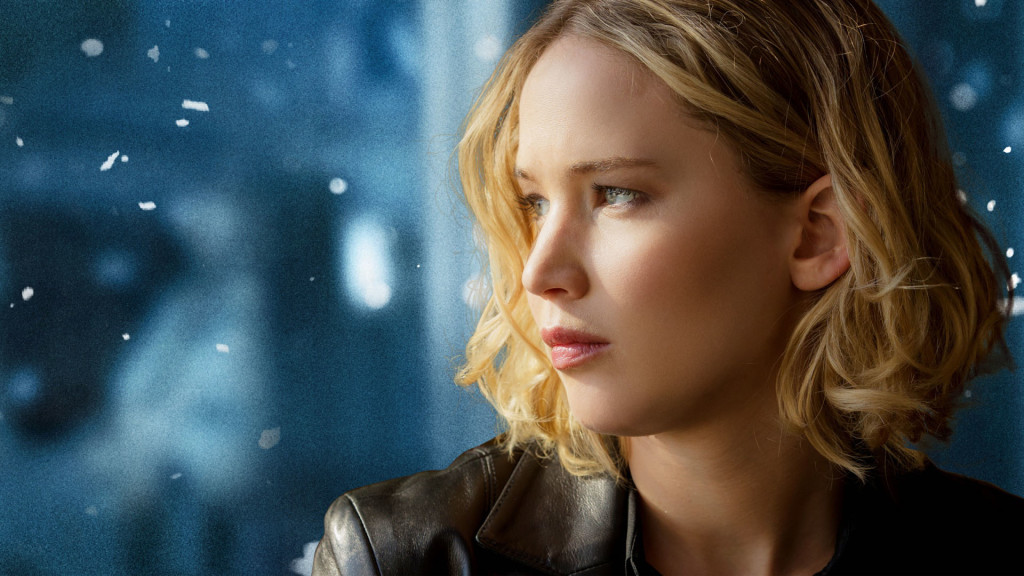
Front lighting
Definition: Direct lighting in front of subject
Purpose:Evenly illuminates the subject. Creates a flat, even, or cheerful mood
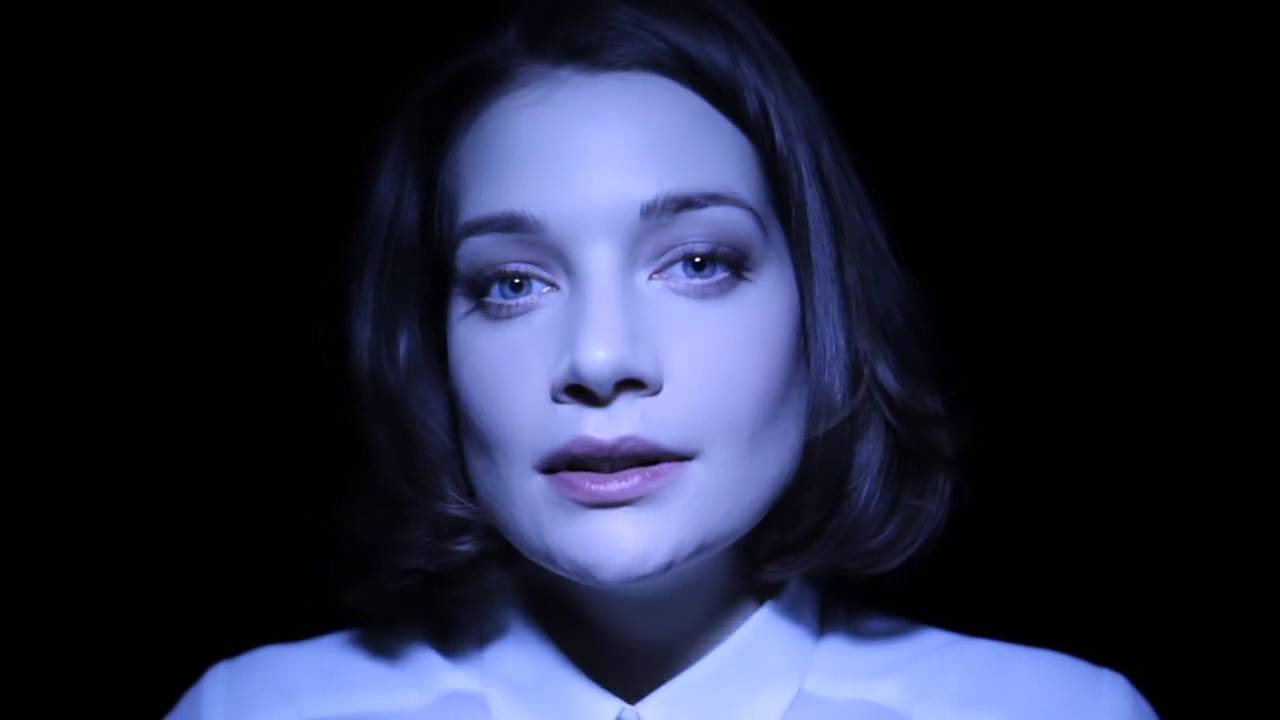
Near lighting
Definition: Direct lighting behind of subject
Purpose: Separates subject and background
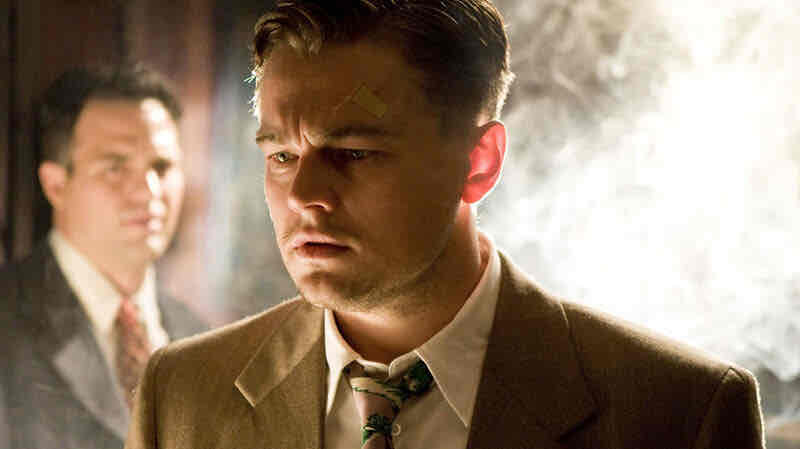
Chiaroscuro
Definition: The juxtaposition of light and dark within a scene
Purpose: Create striking images or invoke feeling
Pan
Definition: Camera moves horizontally while in fixed position
Purpose: Manipulate time, location, or transition from one scene to another
Tilt
Definition: Stationary camera moves up or down
Purpose: Creates size and setting
Zoom
Definition: Camera is stationary but lens moves
Purpose: Makes audience’s attention change
Dolly
Definition: Camera moves with the action/alongside the subject either on track, wheels, or by hand
Purpose: Adds depth to scene
Fade
Definition: Scene fades to black or white
Purpose: Show time passing or transition
Dissolve
Definition: One scene dissolving onto another
Purpose: Passing of time
Crosscutting
Definition: Alternating of shots from two sequences
Purpose: To suggest the scenes are happening simultaneously
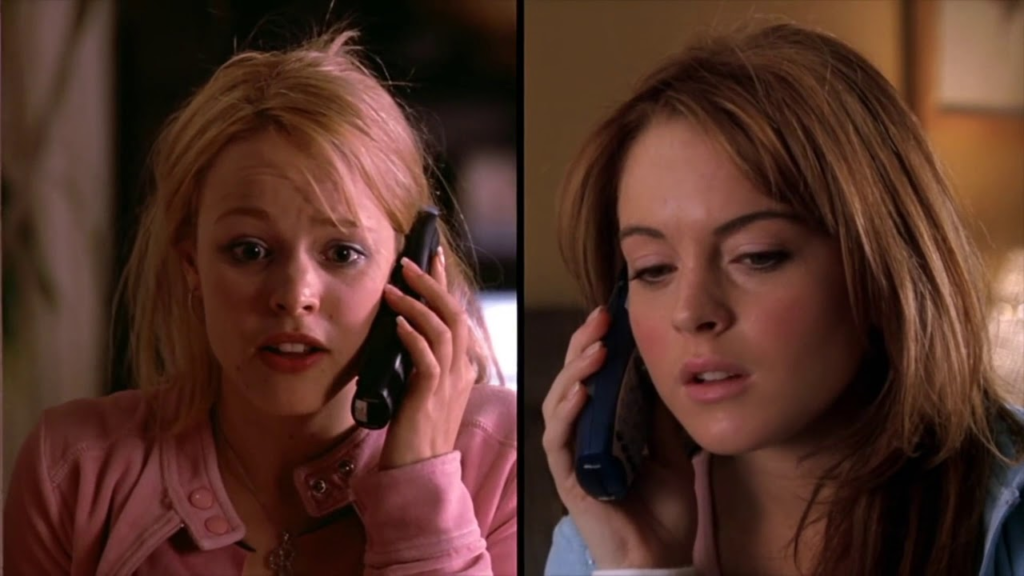
Flashback
Definition: Movement into action that happened previously, often signified by a voice over, change in music, different lighting, or dissolve
Purpose: To add plot, reasoning, show emotion, etc.
Eye-line match
Definition: A shot of a person looking, cut to what they saw, then another cut to their reaction
Purpose: To have an audience reaction along with the character
Mise-en scene
Definition: Composition in frame: props, costumes, lighting, acting, makeup, etc.
Purpose: To storytell effectively, invoke emotion, etc.
Wipe
Definition: When one frame replaces another by the og frame traveling from one side to another or with an object traveling
Purpose: To transition to another frame, show time passing